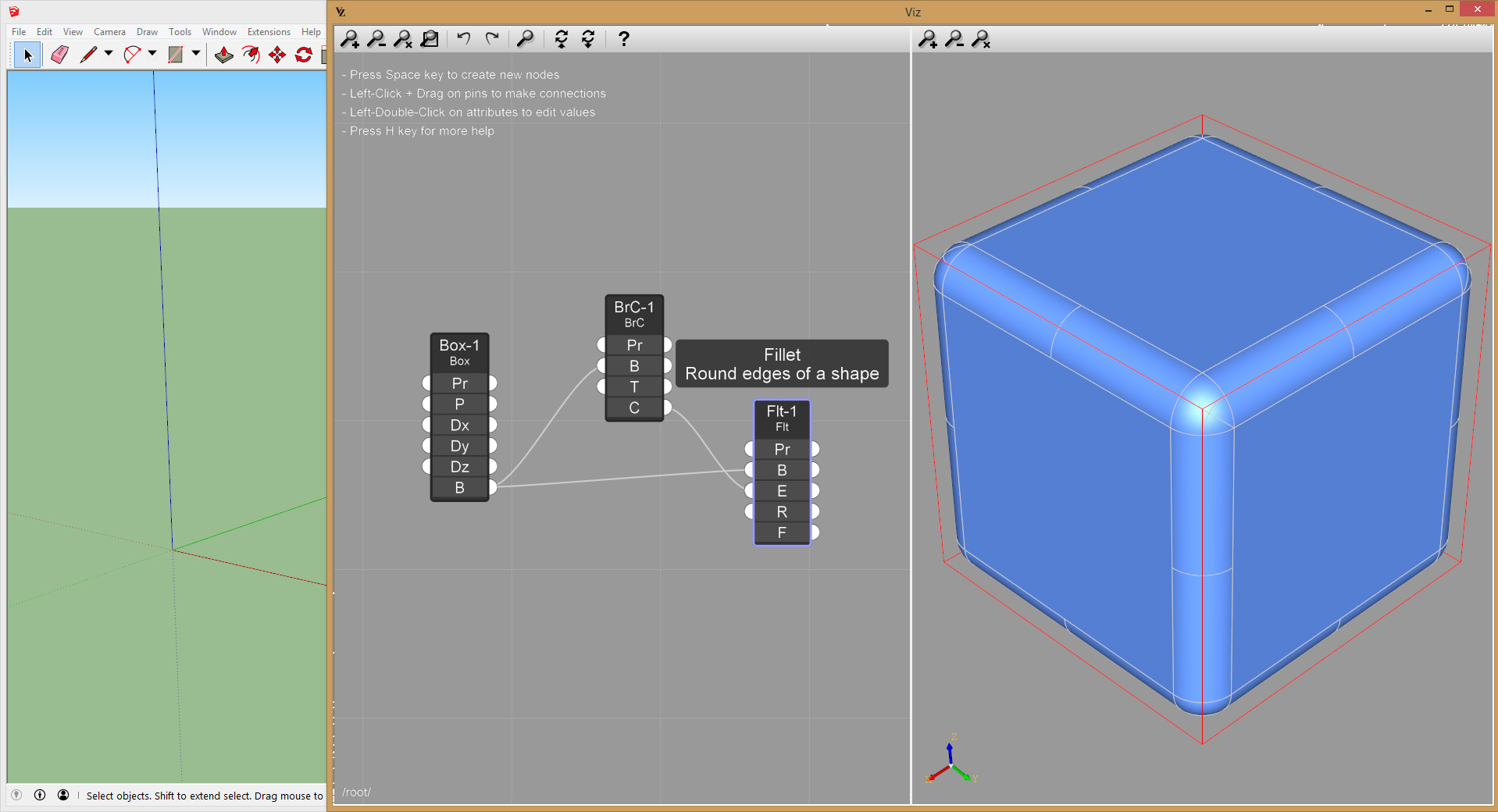We use neural nets for path sampling and denoising. For denoising we use OIDN.
Latest posts made by fluid
-
RE: AI & Renderingposted in Extensions & Applications Discussions
-
RE: AI & Renderingposted in Extensions & Applications Discussions
@pixero in the image below you see how it looks like after 10s on a 6 core at 1280x720
It's true it's blurry, but it gives you a very good idea of what the lighting is going to look like and quickly make adjustments.
The final render took 1 hour on a 6 core at 1920x1280. (If you click on the images you see the full resolution version)

-
AI & Renderingposted in Extensions & Applications Discussions
Hello All,
I would like to gather the opinion of the community about FluidRay renderer.
Before you dismiss it as "Oh great, yet another renderer", please bear with me for just a few more seconds. One of the biggest problems related to rendering is the long waiting times in the presence of complex global illumination, when the noise seems never to go away. In FluidRay we put together the latest developments in artificial intelligence and machine learning, and we believe the results are simply amazing.
The images you see below were noise-free just after a few seconds. You can render SketchUp scenes out of the box, by directly importing .skp files. All the materials and settings present in the SketchUp files are retained, and a few enhancement are automatically added during the import process (such as bump mapping).
You can try the free demo here.
Please let me know your opinions, any feedback is greatly appreciated!
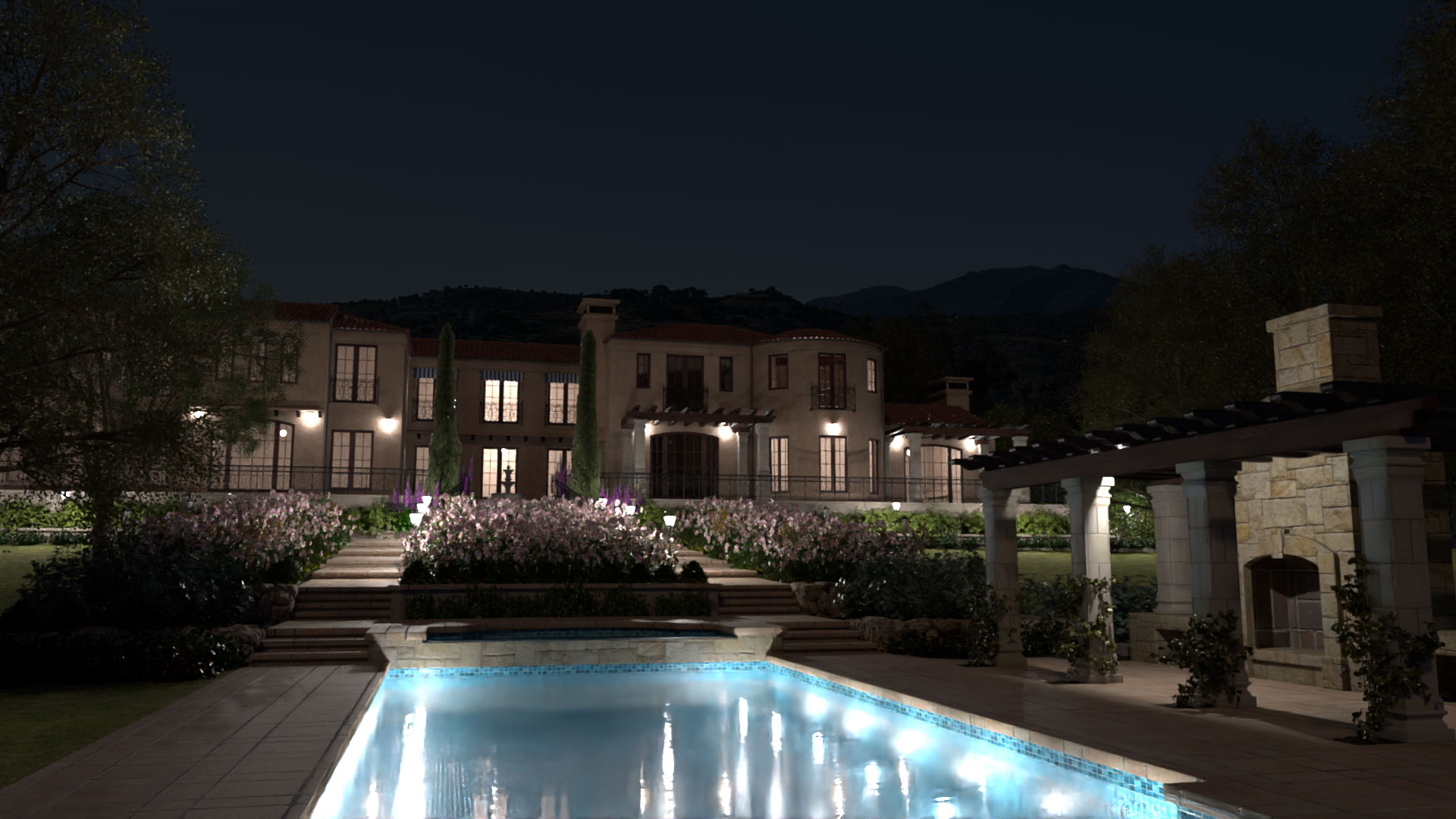
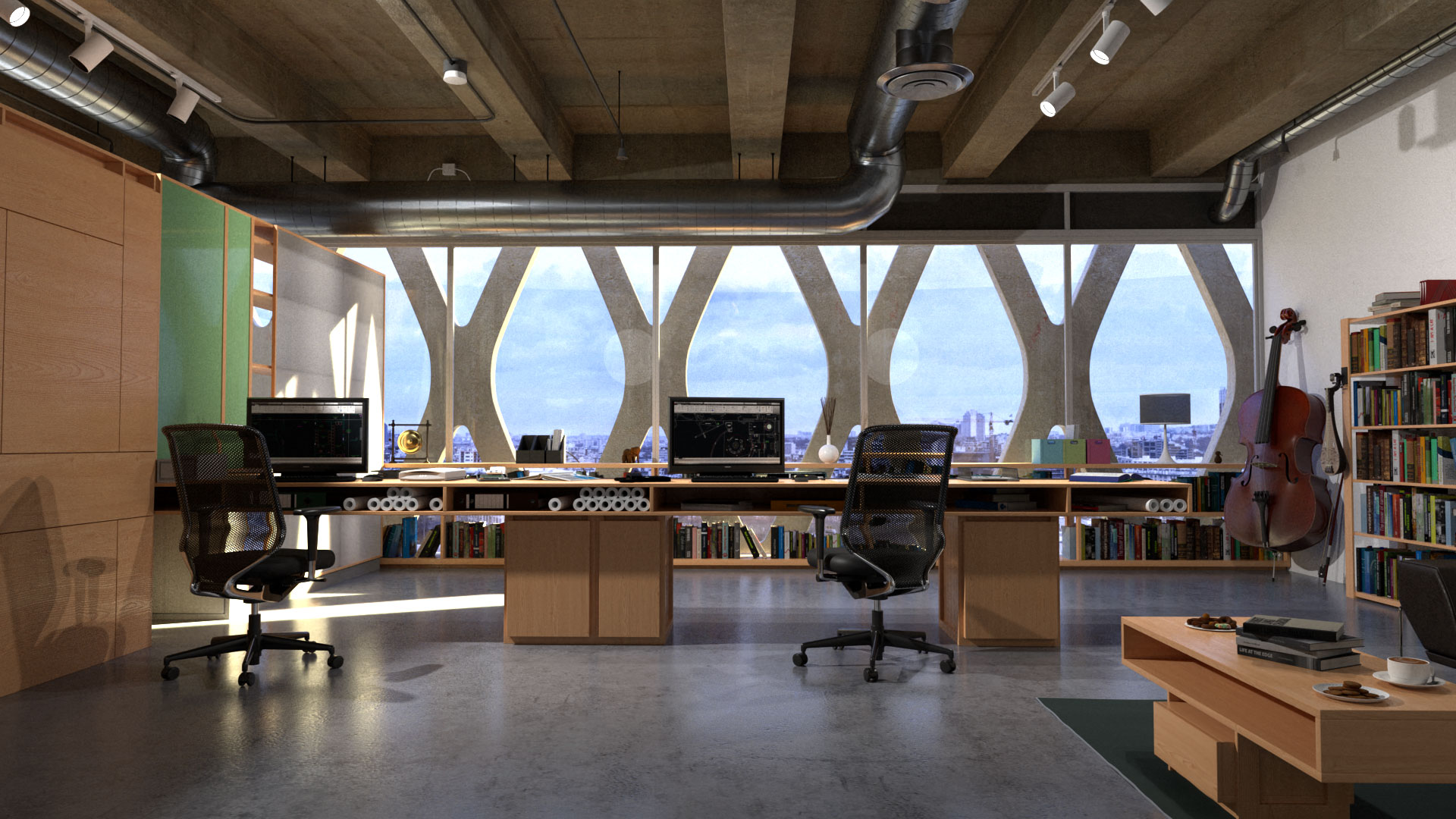
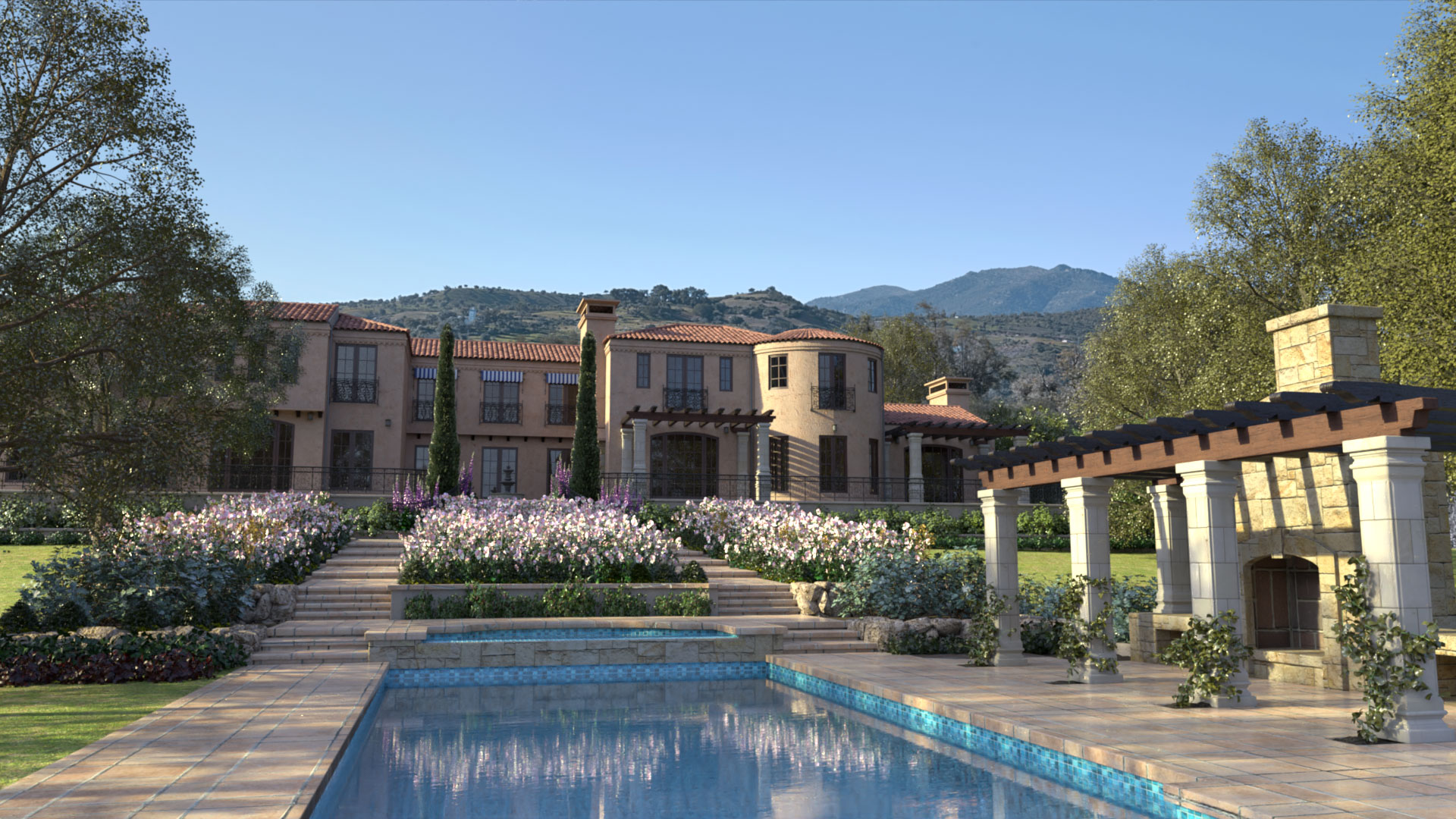
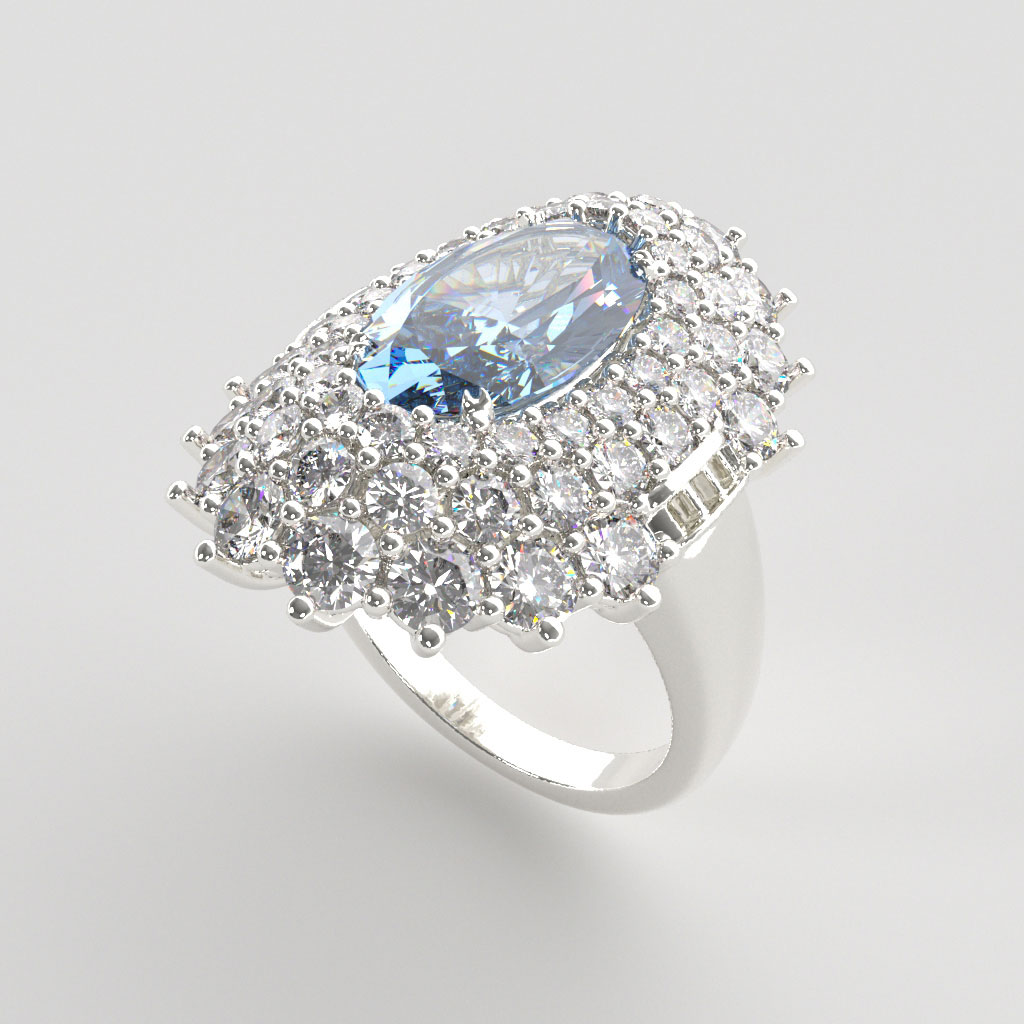
-
AmbientOcclusion video tutorialsposted in Extensions & Applications Discussions
We just released a series of three AmbientOcclusion video tutorials made by Justin Geis from TheSketchUpEssentials:
[flash:3ki6hq71]https://www.youtube.com/v/C63kMCQOfm4[/flash:3ki6hq71]
[flash:3ki6hq71]https://www.youtube.com/v/ZGFXl1X0sQM[/flash:3ki6hq71]
[flash:3ki6hq71]https://www.youtube.com/v/-fgNNSe3p8I[/flash:3ki6hq71]
Model Credit - Farnsworth House by Aaron Davies
Model Credit - 1967 Shelby Mustang G.T. 500 by Mandun -
SketchFX video tutorialsposted in Extensions & Applications Discussions
We just released a series of four SketchFX video tutorials made by Justin Geis from TheSketchUpEssentials:
[flash:10q0iqtb]https://www.youtube.com/v/Og-3y-c8rpY[/flash:10q0iqtb]
[flash:10q0iqtb]https://www.youtube.com/v/fIeh622ICuo[/flash:10q0iqtb]
[flash:10q0iqtb]https://www.youtube.com/v/Kg4U_nu0JH0[/flash:10q0iqtb]
[flash:10q0iqtb]https://www.youtube.com/v/4f8KKLh_naA[/flash:10q0iqtb]
-
RE: Viz Pro 2.0 Parametric Modelingposted in Extensions & Applications Discussions
We are currently working of a series of new tutorials, hopefully we'll be able to include that as well.
Yes, you can create container nodes that can group multiple nodes into one:
-
RE: Viz Pro 2.0 Parametric Modelingposted in Extensions & Applications Discussions
We just released a new getting started video about Viz Pro:
[flash:y0kppd87]https://www.youtube.com/v/Zhx8WMOiQuk[/flash:y0kppd87] -
Cyber Monday with FluidInteractive: 30% off all extensionsposted in Extensions & Applications Discussions
For Cyber Monday, we are offering all our SketchUp extensions (AmbientOcclusion, Bool, FluidImporter, SketchFX and Viz) at a 30% discount! The discount will automatically be applied at checkout.

-
RE: Viz Pro 2.0 Parametric Modelingposted in Extensions & Applications Discussions
From excel, you need to save in csv or text files, then Viz is able load the data and interpret it depending on the context, as either points, vectors, or single values etc.
For large models, it really depends on the operations your going to do. -
RE: Viz Pro 2.0 Parametric Modelingposted in Extensions & Applications Discussions
The normals are not inverted, blue is the color we chose to represent objects in Viz. We'll probably change it in the future, to avoid confusion with the SketchUp convention.
Working with the editor should be quite easy, but the main difference is the amount of operations available, which is much bigger than dynamic components.
